A Guide to Photography Pricing: Essential Information
Photography Pricing is a crucial element that every photographer and client must understand. It's more than just assigning a dollar value to a service; it represents the expertise, effort, and artistic vision of the photographer. Whether you're shooting weddings, portraits, events, or commercial products, knowing how to structure and present your pricing can significantly impact your business success.
Similarly, for clients, understanding what goes into photography pricing ensures that expectations are aligned and investments are made wisely. This guide serves as a roadmap to help both photographers and clients make informed decisions when it comes to the photography cost and its influencing factors.
Part 1: Factors Influencing Photography Pricing
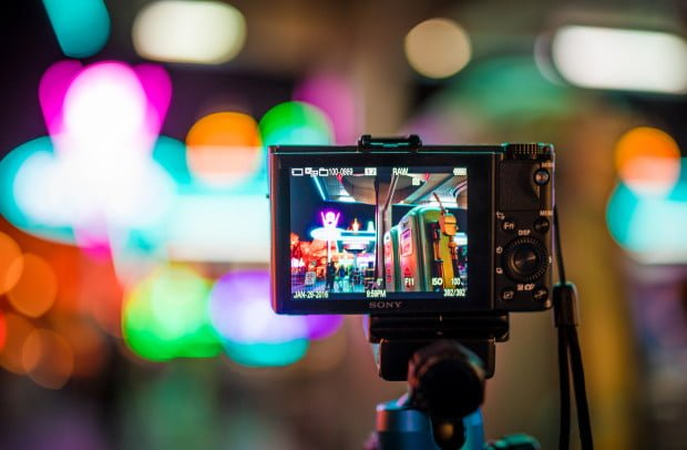
Experience Level
Experience is one of the most significant factors affecting how photographers price their work. Beginners or hobbyists might offer lower rates, often charging between $25 to $75 per hour, mainly to build a portfolio and gain experience. Students studying photography typically charge a bit more, somewhere between $50 to $120 per hour, depending on their skill and the type of shoot.
As photographers gain experience and move into professional territory, their rates increase accordingly. Entry-level professionals may charge anywhere from $50 to $150 an hour, while seasoned professionals often ask for $100 to $300 per hour. The top-tier professionals, known for their expertise and often with a signature style, can demand premium rates ranging from $250 to $500 per hour or more. Their work often appears in high-end publications or brand campaigns, justifying the elevated cost.
Location
Geography plays a vital role in determining the pricing of photography services. Photographers based in metropolitan areas like New York City, Los Angeles, or London generally charge more compared to those in rural or less populated regions. This discrepancy is due to several factors including higher cost of living, studio rentals, and market demand in urban areas.
In cities, there's usually a larger client base and more events, which creates a competitive environment where only the best can command premium prices. On the other hand, rural photographers may have to lower their rates to accommodate a smaller and less economically dynamic clientele. Understanding the local market is therefore essential when setting prices.
Type of Photography
The genre of photography also significantly affects pricing. For instance, portrait sessions often involve a short setup, few props, and minimal editing. These shoots typically range from $150 to $350 per hour. Wedding photography is more intensive, requiring multiple hours of coverage, potentially a second shooter, and extensive post-production work. As a result, wedding packages often start at $1,500 and can go up to $15,000 depending on the complexity and scale of the event.
Event photography, covering corporate functions, parties, or concerts, generally runs between $150 to $500 per hour. Commercial and product photography involves technical expertise, equipment, and sometimes complex setups. This genre may be charged per image or by project, with rates ranging from $25 per image to several thousand dollars per day. Real estate photography is another category where pricing varies based on property size, location, and the inclusion of drone footage or virtual tours. Average costs fall between $150 and $500 per shoot.
Project Complexity
Not all photo shoots are created equal. The complexity of the project can dramatically impact pricing. Factors like duration of the shoot, specialized equipment, lighting requirements, location access, and the amount of post-production editing required can all add to the final cost. A simple portrait shoot in natural light might be quick and inexpensive, while a high-end fashion shoot in a remote location using elaborate lighting and a team of stylists and makeup artists can cost thousands.
Additionally, shoots requiring significant editing or retouching also demand higher fees. The more complex the logistics and creative needs, the more a photographer must charge to ensure adequate compensation for time and resources.
Part 2: Common Photography Pricing Models

Hourly Rates
Charging by the hour is a straightforward pricing model and is commonly used for event and portrait photography. It's particularly effective for projects where the time commitment is well-defined. For example, a birthday party or corporate meeting that lasts two or three hours can be priced accordingly without complications.
Hourly rates usually range between $50 to $300 depending on the photographer's experience and the type of event. The advantage of hourly pricing is its transparency-it helps clients understand what they're paying for and allows photographers to easily calculate their earnings based on time spent.
Flat Rates
Flat-rate pricing is another popular model where the photographer sets a predetermined price for a specific type of shoot or service. This is especially common in portrait sessions or real estate photography, where the scope of the project is clearly defined. A photographer might charge $300 for a 90-minute portrait session that includes 10 edited images and travel within a certain radius.
The benefit of flat-rate pricing is that it simplifies the decision-making process for clients and eliminates surprises. It also allows photographers to standardize their services and improve efficiency in their business model.
Usage-Based Pricing
This model is particularly relevant in commercial and product photography, where images are used for marketing, advertisements, websites, or print materials. Pricing here is influenced by the extent to which the photos will be used. A photo used in a local flyer will be priced differently than one featured in a national advertising campaign.
Usage-based pricing often includes licensing fees, which grant clients specific rights to use the images for a certain period and in certain territories. This model ensures that photographers are fairly compensated for the value their work provides to a business.
Package Pricing
Package pricing involves bundling services into cohesive offerings that provide clients with a clear picture of what they're getting. This is frequently used in wedding and portrait photography. For instance, a wedding package might include 8 hours of coverage, two photographers, an engagement session, and a printed album for $3,000.
Packages can be customized at different price points to cater to a range of budgets. This model helps photographers maximize revenue per client while offering value and convenience.
Part 3: Average Photography Prices by Genre
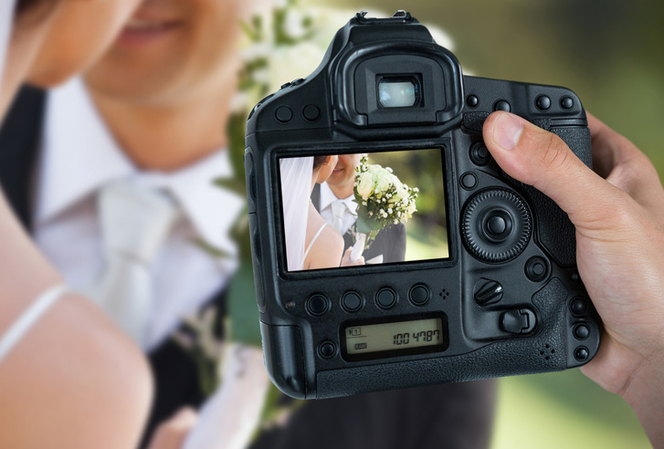
Portrait Photography
Portrait sessions typically take place in relaxed environments, like studios or outdoor settings, and can include individual, family, or maternity portraits. Rates range from $150 to $350 per hour, with packages from $250 to $1,500 that may include digital files or prints. Add-ons like professional makeup can increase costs, and consultations are often included to capture the client's vision.
Wedding Photography
Wedding photography is both demanding and profitable, with packages starting at $1,500 and reaching over $15,000 for luxury events. Pricing varies based on coverage hours, number of photographers, and deliverables. Clients prioritize quality for these once-in-a-lifetime events, making price a secondary consideration.
Event Photography
Event photographers cover corporate meetings, galas, and private parties, with rates between $150 and $500 per hour. Deliverables usually include a set number of edited images, and the scope may involve travel and same-day delivery for social media. Quick adaptability is essential in dynamic environments.
Commercial and Product Photography
This genre covers e-commerce shots to lifestyle branding, with pricing models that vary. Charges range from $25 to $175 per image or full-day rates up to $5,000, depending on complexity. Factors like product number, styling, and licensing rights significantly influence costs.
Real Estate Photography
Real estate photography focuses on showcasing properties, with average costs from $150 to $500 per session. Services may include interior, exterior, and drone shots. Quick turnaround times are crucial, making efficient editing skills important in this niche.
Part 4: Tips for Setting Your Photography Prices
Conduct Market Research
Before setting your rates, it's important to study the competition. Look at photography pricing list samples from peers in your area and compare services offered. Identify gaps where you can offer more value or specialize in a niche. Understanding local demand and average rates helps you position yourself effectively in the market. Make adjustments based on your experience, service quality, and target audience.
Determine Your Costs
A sustainable pricing strategy starts with understanding your own expenses. Calculate your costs including equipment, software, studio rent, insurance, travel, and time spent editing. Don't forget to account for less obvious costs like marketing and website maintenance. Once you know your expenses, you can set prices that ensure profitability.
Set Your Profit Margin
Profit is essential for growth. After calculating your costs, add a reasonable profit margin-typically between 20% to 50%. This ensures that your business is not just surviving but thriving. Your final pricing should reflect the value you provide, the effort you invest, and the results you deliver.
Part 5: An Amazing App for Photo Enhancer : Hitpaw Fotorpea
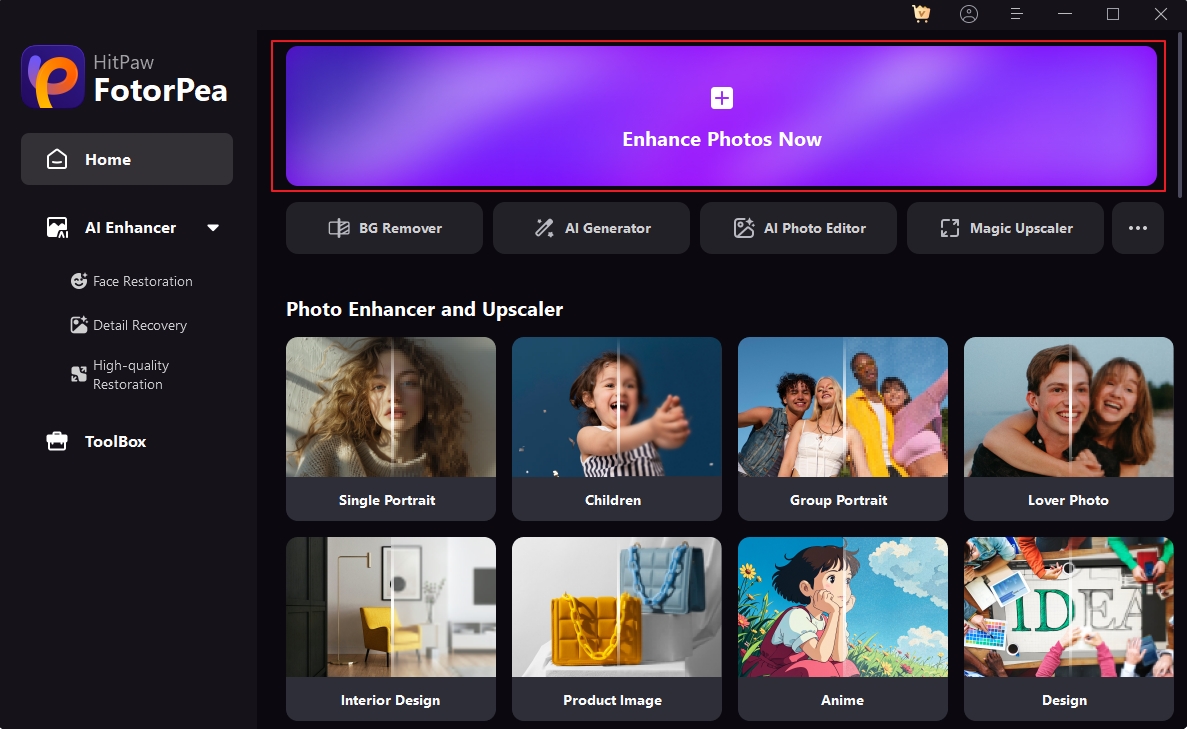
Hitpaw Fotorpea is an AI-powered photo enhancer designed to upscale and restore images effortlessly. It includes features such as denoising, sharpening, colorizing, and background removal. This tool is especially useful for photographers looking to quickly polish their images without spending hours in editing software. With support for ultra-high resolution and batch processing, it saves time and delivers professional results.
Part 6: Conclusion
Setting and understanding the photography pricing landscape is essential for photographers . From hourly rates to package pricing, knowing the different models and what influences them can make all the difference in creating a fair and profitable agreement. Whether you're just starting out or looking to refine your pricing strategy, always base your rates on your costs, market demand, and the value you offer. Share your own experiences or questions about how much should a photographer charge-let's keep the conversation going.




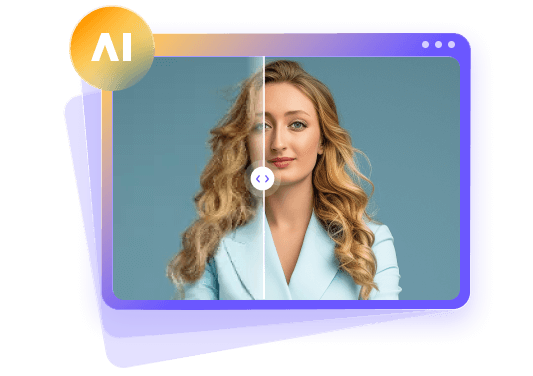





 HitPaw Univd (Video Converter)
HitPaw Univd (Video Converter)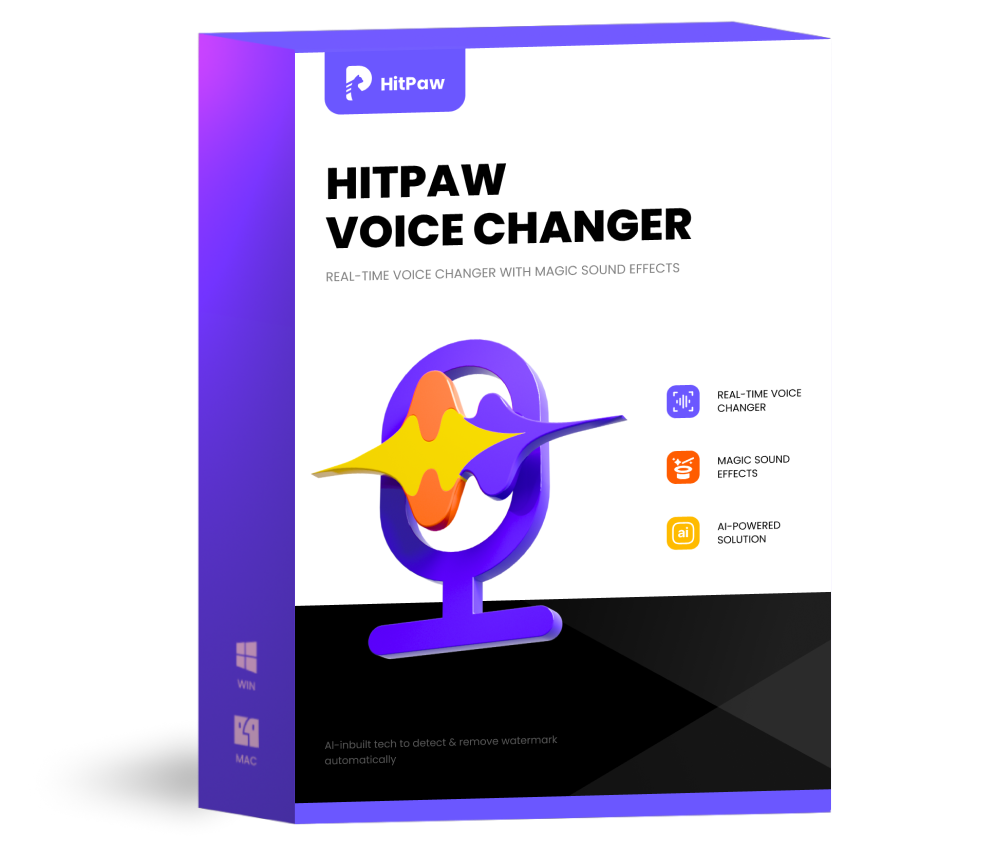 HitPaw VoicePea
HitPaw VoicePea  HitPaw VikPea (Video Enhancer)
HitPaw VikPea (Video Enhancer)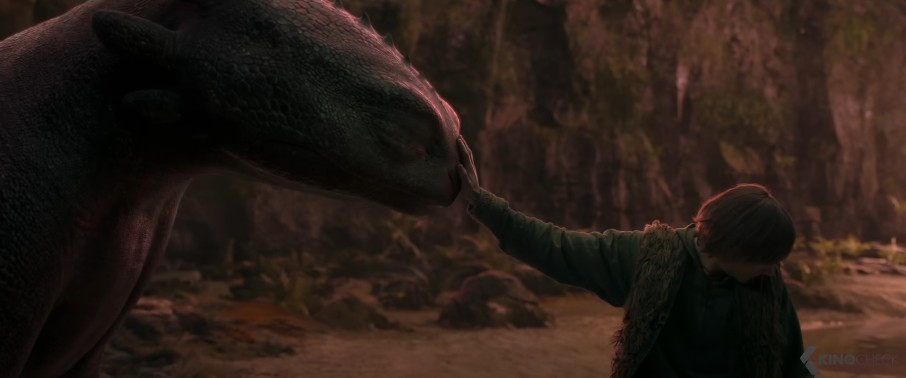
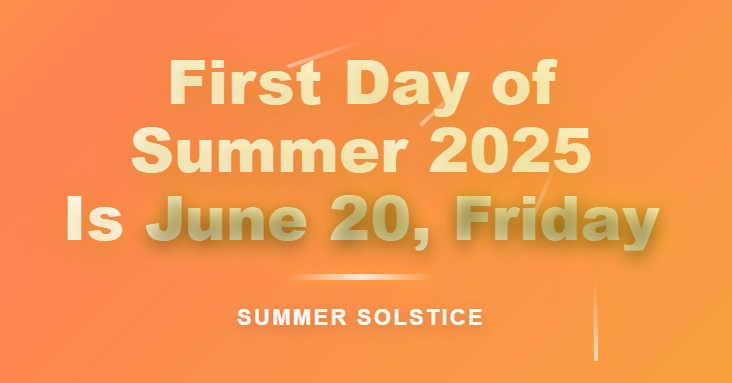


Share this article:
Select the product rating:
Daniel Walker
Editor-in-Chief
This post was written by Editor Daniel Walker whose passion lies in bridging the gap between cutting-edge technology and everyday creativity. The content he created inspires the audience to embrace digital tools confidently.
View all ArticlesLeave a Comment
Create your review for HitPaw articles